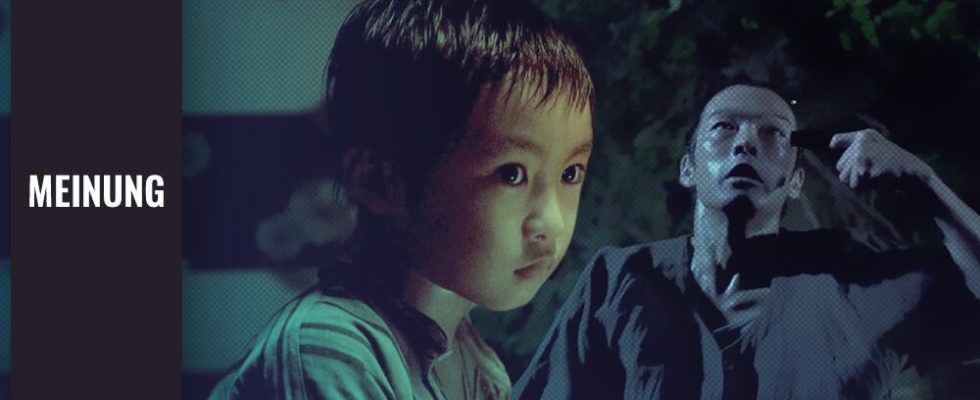As is well known, the best Iron Man was not filmed with Robert Downey Jr., but already in 1989 by Shin’ya Tsukamoto. In his cult film Tetsuo: The Iron Man, metal parts sprout from a man’s body, who is then pursued by fetishistic steel fantasies. First of all, you can see what body horror potential Marvel has put aside.
In any case, the director and actor built a reputation for diving into the (Japanese) psyche, as he did in his last three films. They deal with how war changes people. The third part of the series is called Shadow of Fire. In it will be on the souls of several World War II survivor scraped around to bring their nightmares to light.
The war film trilogy travels back through the centuries to World War II
All three films premiered at the Venice Festival. 2014 saw the release of Fires on the Plain, a literary adaptation that follows Japanese soldiers in the Philippines towards the end of World War II as they destroy locals and eventually themselves. Killing followed four years later, in which abandoned samurai engage in a cycle of violence against the backdrop of an approaching civil war.
In the third film, Shin’ya Tsukamoto tells of the shadows that horror, bombings and battles leave in people’s souls.
Nikkatsu
Shadow of Fire
Shadow of Fire initially takes place in a cramped, almost stage-like location. In a former restaurant, a young woman (Shuri) works as a prostitute to make ends meet. From the outside world we see sparse shots of charred heaps of rubble, Results of the bombing of Japanese cities. When she takes in an emaciated soldier (Hiroki Kono) and an orphan boy (Oga Tsukao), a family grows in the chamber play, a fleeting utopia of life after.
In Shadow of Fire, however, the war does not end with surrender, it continues to rage in the minds of the soldier, the widow and the boy. So the get-together of nightmares and outbursts gets shattered and it says a lot about the narrative power of this film out that it tears your heart out after such a short time with this trio.
Shadow of Fire tells of the shock waves of violence
Shin’ya Tsukamoto’s other two war films were disturbing with their explicit brutality. In his new film, he is primarily interested in how the shockwaves of violence resonate, from the overseas battlefield to this small restaurant. And how they shatter it. Because in the second part of the film the picture opens, the debris is left behind, sky and nature fill the panorama. Ironically, this visual liberation reveals itself as a revenge story that brings the war crimes of the Japanese army back home.
Shadow of Fire particularly impresses with the limited means with which to suggest horror. Out of necessity, false facades, elaborate costume armies and a budget of millions of euros are avoided. Nevertheless, in the film, with a few expressive motifs, an almost post-apocalyptic world is first designed and then one that could just as well have existed 100 years earlier. Now masterless soldiers, not samurai, are roaming the country to put their fantasies of violence into practice.
But the most expressive is little Oga Tsukao with his street boy, much too hardy for his age, but still flexible, ready for change. Which can be described as a glimmer of hope in this extremely dark film.
